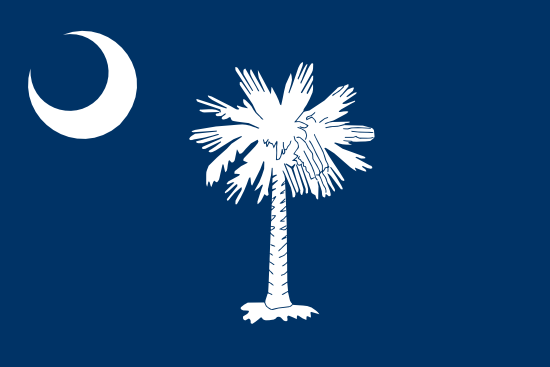
Columbia
- County:
- Richland County
- County Seat:
- No
- Area (mi²):
- 139.355
- State:
- South Carolina
Columbia is a city located in Richland County, South Carolina. Columbia has a 2025 population of 144,788 . Columbia is currently growing at a rate of 1.84% annually and its population has increased by 6.3% since the most recent census, which recorded a population of 136,207 in 2020.
The median household income in Columbia is $55,653 with a poverty rate of 23.25%. The median age in Columbia is 28.7 years: 28.3 years for males, and 29.1 years for females. For every 100 females there are 97.8 males.